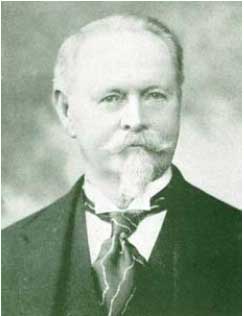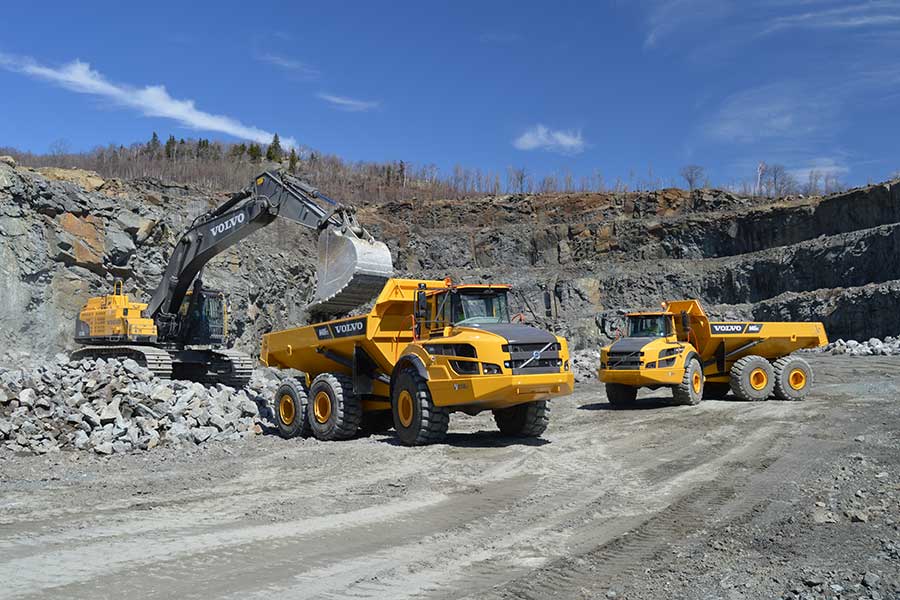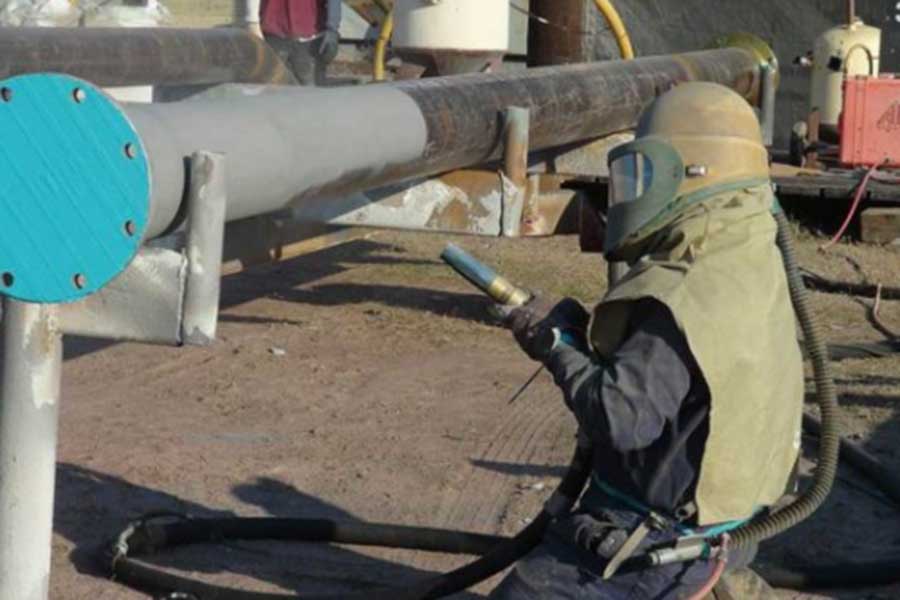A Tradition of Family Ownership and Manufacturing Excellence Since 1878
Seven generations ago, entrepreneur Henry Hudson Barton began turning garnet from New York state’s famed Adirondack mountains into sandpaper abrasive for the building of post-Civil War America. The BARTON Group (“BARTON”) has been a company steered by the traditions and values established by Henry Barton over a hundred years ago — values like continuous improvement, product quality, worker safety, and family. Today, his descendants carry on those traditions, as much in effect today as when they began with the founding of BARTON in 1878.
Henry Barton located his original mine near the summit of Gore Mountain in the Adirondack Park of northern New York state. Mining operations were initially limited to the warmer months; however, ore was transported year-round, with much of the hauling done by sleigh during the snowy Adirondack winters. In the early years, the raw garnet was transported by train from North Creek, New York, to Philadelphia for crushing and processing. In the early 20th century, BARTON garnet was used primarily as sandpaper abrasive for woodworking. Over 140 years later, BARTON still provides high-quality Adirondack garnet to select sandpaper manufacturers for the discerning woodworking craftsman.
BARTON made major investments in the mining operations in the early 20th century and began year-round operations in the late 1920s. While the business was still dominated by the supply of sandpaper products during this time, BARTON established relationships with glass manufacturers such as Corning, which launched a new market for the company — the grinding of glass with very fine garnet powders. The glass grinding business grew during World War I and World War II as demand for eyeglass lenses, gun sights and other optics increased.
BARTON experienced a boom in sales following World War II with the strong demand for new housing in the 1950s that required ground glass for picture windows. To address the demand, the company supplied large volumes of special garnet powders to PPG Industries, Libbey- Owens-Ford, and Owens-Corning. This market for ground window glass ended abruptly when float glass technology took hold in the late 1960s.
Fortunately, color television was introduced at roughly the same time, and BARTON’s connections allowed it to work with large glass producers to perfect the grinding and production of special glass screens and funnels for cathode ray tube televisions. Demand for television glass peaked in 1992 but remained strong through 2001 and finally ended in 2005.
BARTON operated the Gore Mountain mine for 104 years. In 1982, the operations were moved to neighboring Ruby Mountain where the company still operates today. That same year saw peak demand for the use of garnet abrasive for sandpaper. But then during the 1980s, demand for garnet abrasive sandpaper began a slow, steady decline as new manufacturing technologies and synthetic abrasives began to dominate the market.
Once again, BARTON had to redirect its product offering to respond to a changing marketplace. Opportunely, a new U.S.-based cutting technology emerged in the mid-1980s — abrasive waterjet cutting. In response, BARTON developed cooperative relationships with the manufacturers of waterjet cutting equipment and collaborated on the specifications and production of garnet abrasive products tailored to the industry. The first commercial abrasive waterjet cutting system designed for use with BARTON garnet abrasives was sold in 1984. The abrasive waterjet industry has continued to grow over the last 35 years and is both a domestic and international market opportunity for BARTON.
A second division of the business also began in the 1980s — blast media for surface preparation. Recognizing the potential for a high-performance, safe blasting abrasive, BARTON invested in a new garnet mining operation in Western Australia in 1988. BARTON sold its interest in this operation in 2005 and is now importing top-quality alluvial garnet from select international supply sources. The blast media division has realized significant growth with the increasing sophistication of the surface preparation industry.
As the waterjet industry grew, so too did the need for spare parts to maintain the equipment. Once again, BARTON partnered with the original equipment manufacturers (OEM) to bring in a line of parts so abrasive customers would have a one-stop source for the consumables needed to run their waterjets. BARTON distributes a wide range of genuine OEM and aftermarket parts for virtually every type of waterjet machine, as well as its own brand of select specialty products to the abrasive waterjet market.
In 2020, the opportunity to acquire the waterjet abrasive business from Shape Technologies Group boosted BARTON’s position in Europe. The following year, we opened our European headquarters, BARTON International, GmbH, in Germany, offering waterjet abrasives from stocked locations throughout Europe.
BARTON has been a family-owned company for seven generations, and today is recognized as a world leader in the production of the highest-quality garnet and mineral abrasives the industry has to offer.

Henry Hudson Barton, 1830–1905

























